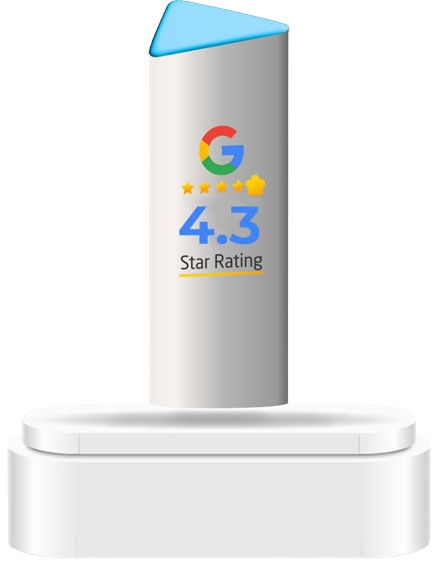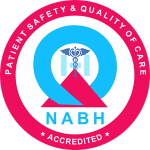Nuclear Medicine
Nuclear Medicine is a branch of medicine that makes use of radioactive medicines for diagnosis and treatment of diseases. Small dose of radioactive medicine is introduced into the body (oral route or by injections) and functions of various organs in the body can be imaged.Relatively larger doses of radioactive medicines are used for treatment. It mainly includes treatment for hyper functioning thyroid gland, thyroid cancer, treatment of bone pain, treatment of certain types of cancer like neuroendocrine tumors and prostate cancer. Diagnostic scans and treatment in nuclear medicine is very safe painless and comfortable. Comprehensive nuclear medicine dept includes facilities like gamma camera, PET/CT, low dose and high dose radionuclide therapy and thyroid cancer clinic. All these facilities are available at SGICCC Parumala at reasonable cost. The nuclear medicine department at St Gregorios International cancer cancer care centre is the first comprehensive nuclear medicine department in central Travancore.
PET-CT
The Department of Nuclear Medicine is equipped with the state-of-the-art 16 slice GE Discovery IQ PET-CT scanner (Positron Emission Tomography - Computed Tomography) from GE USA, the first of its kind in the central Travancore. It provides precise diagnostic information in patients with cancer, heart disease and certain neurologic conditions. In addition to 18F-FDG, the department offers the facility to do PET/CT with a number of tracers labeled with 68Ga like 68Ga DOTATATE for neuroendocrine tumors, 68Ga PSMA for prostate cancer, 68Ga Exendin IV for insulinomas, 68Ga Ubi for infection imaging etc.
Gamma Camera
The department is equipped with a gamma camera with SPECT facility (GE Brivo NM 615). Nuclear Medicine imaging using gamma camera is utilized to image functional / metabolic processes in various organs in the body. Unlike computed tomography (CT) or Magnetic Resonance Imaging (MRI) which are anatomic / morphological imaging, nuclear medicine imaging provides insight into functional aspects of various organs in the body. In most diseases, functional changes precede anatomic changes, so scintigraphic evidence of a disease process can be diagnosed at an earlier stage. Nuclear medicine procedures done using a gamma camera are usually non invasive and safe with a small amount of radiation exposure which is very well comparable with diagnostic radiology procedures.
| PROCEDURE | INDICATIONS |
|---|---|
| Whole body bone Scan | To evaluate skeletal metastases, metabolic bone disease, primary bone malignancy, low backache, tuberculosis of bone, avascular necrosis, stress fracture, osteomyelitis etc. |
| Renogram | To assess differential function, GFR and to evaluate drainage of individual kidneys – Renal donors, neonatal hydronephrosis, PUJ obstructions, obstructed megaureter, duplex systems etc. Also useful in evaluation of transplant kidney and in renal artery hypertension. |
| DMSA Scan | To assess UTI (Renal scars), ectopic kidneys, accurate function assessment of individual kidneys |
| VUR Scan | To assess VU reflux, UTI, hydroureteronephrosis |
| Thyroid scan | Funcational assessment of thyroid diseases - thyrotoxicosis, thyroid nodule evlautaion, ectopic thyroid, congenital hypothyroidism etc. |
| Parathyroid scan | Localization of parathyroid adenoma |
| Myocardial Perfusion Scintigraphy | To evaluate Ischemic Heart Disease, Assess the physiological significance of known coronary artery stenosis. Risk stratification of patients with CAD, positive TMT, Baseline ECG changes like LBBB etc. Presurgical cardiac evaluation, Assessment of myocardial viability before CABG, follow-up of Kawasaki disease etc. |
| MUGA Scan | Accurate objective assessment of LVEF. Assessment of regional wall motion abnormalities. Particularly useful in patients on cardiotoxic anticancer medications. |
| Lung perfusion & ventilation scan | Pulmonary embolism, Assessment of regional functional lung volumes prior to lung surgeries |
| Liver-spleen Scan | Cirrhosis with portal hypertension and Non cirrhotic portal hypertension |
| Hepatobiliary Scan | Differentiate neonatal hepatitis vs biliary atresia, postop bile leak, choledochol cyst, post liver transplant cases, gall bladder dyskinesia, acute/chronic cholecystitis. |
| Meckel's Scan | Evaluation of meckels diverticulum (Ectopic gastric mucosa) |
| Gastro intestinal bleed Scan | To evaluate occult GI bleed and localize the site of bleed |
| Gastric emptying Scan | Suspected gastroparesis especially diabetic gastroparesis |
| Gastro esophageal reflux (Milk scan) | Assessment of gastroesophageal reflux |
| Dacryo scintigraphyfor eyes | To evaluate tear duct atency |
| Brain scintigraphy | Epilepsy, Brain tumors etc |
| PROCEDURE | INDICATIONS |
|---|---|
| Low dose I-131 therapy | Treatment of thyrotoxicosis – Graves disease, Toxic MNG, Autonomously functioning thyroid nodule |
| High dose I-131 therapy | Treatment of differentiated thyroid carcinoma and metastatic disease |
| 177Lu DOTATATE therapy | Metastatic Neuroendocrine tumor. |
| 177Lu PSMA therapy | Metastatic Prostate cancer therapy. |
| Bone pain palliation (153Samarium) | Palliative bone pain therapy for cancer patients |
| 131I - MIBG Therapy | Malignant pheochromocytoma, neuroblastoma |

With access to
24 Hour
Emergency
Assistance
A small river named Duden flows by their place and supplies it with the necessary regavelialia. It is a paradise.
Service Recipient Says

Oxmox advised her not to do so, because there were thousands of bad Commas, wild Question Marks and devious.
Kolis Muller NY Citizen
Oxmox advised her not to do so, because there were thousands of bad Commas, wild Question Marks and devious.
Kolis Muller NY Citizen

















Oxmox advised her not to do so, because there were thousands of bad Commas, wild Question Marks and devious.
Kolis Muller NY Citizen